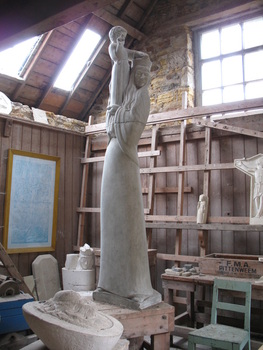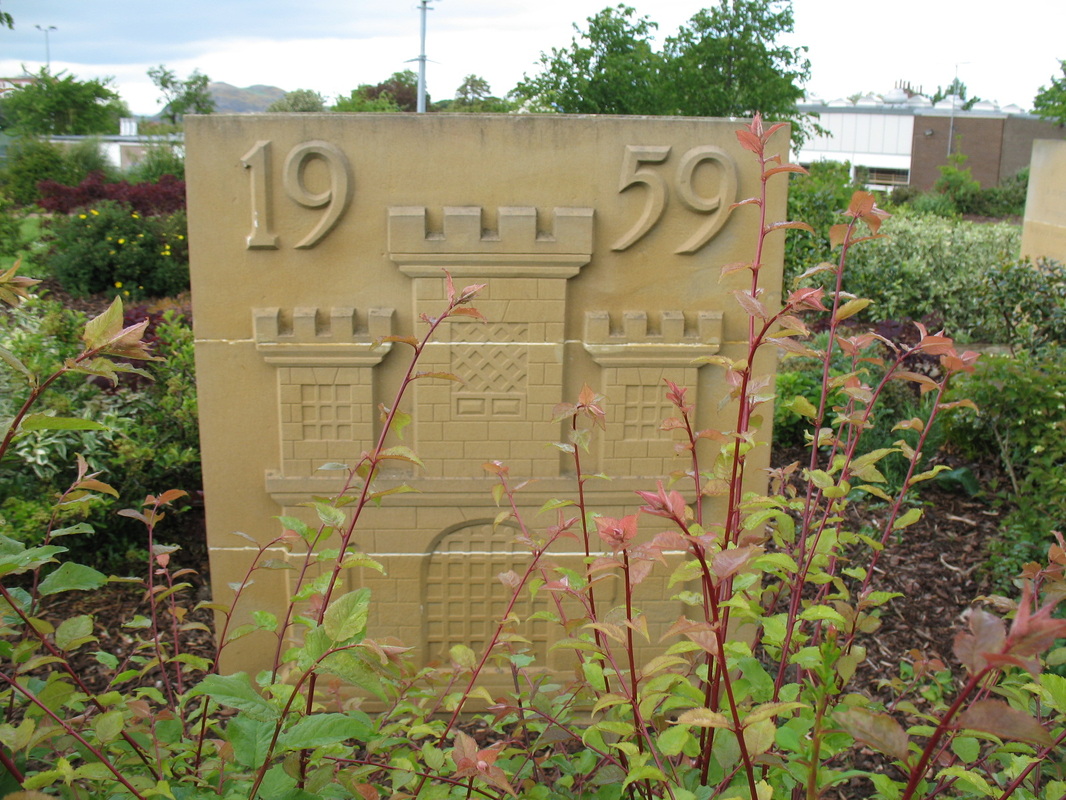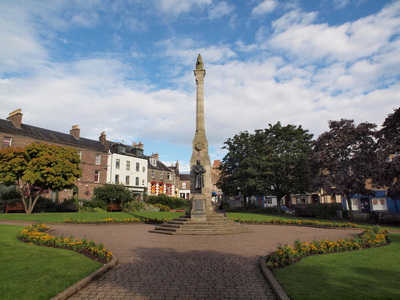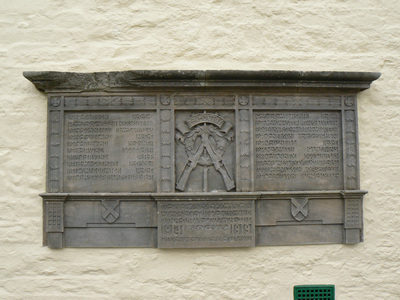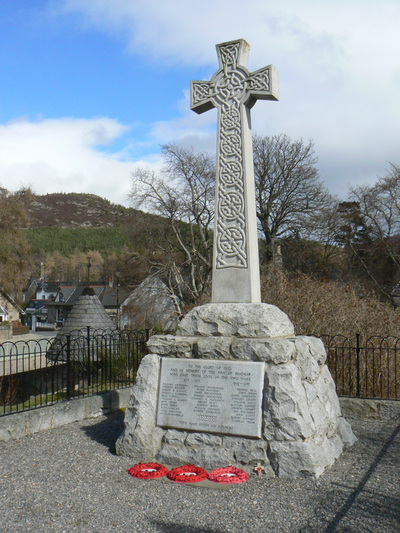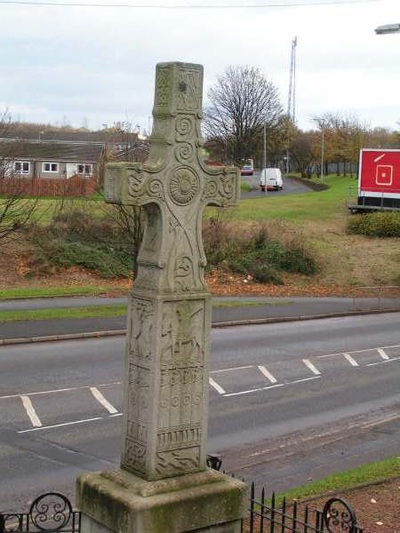Ronald Rae, the Cramond Fish, Cramond waterfront, Edinburgh, 2000, granite. © Dianne King
Public Monuments
|
Modern sculpture is usually thought of as beginning in the late 19th century and developing in the 20th century.
Traditionally, public monuments in Scotland consisted of statues and busts of important people, funerary monuments, war memorials, garden sculptures, fountains, and architectural decoration, both external and internal. These types of sculpture persist into the present day. A resurgence of interest in direct carving (without the assistance of maquettes or pointing machine) among early 20th-century British sculptors, such as Henry Moore and Barbara Hepworth, coupled with an interest in the carvings of other cultures, encouraged a more abstract approach to form. Purely abstract free-standing sculptures were common from the mid-20th century onwards — Peter Randall-Page’s Body and Soul (1994–96) on Edinburgh’s Royal Mile is an abstract water feature. The contemporary idea of sculpture as installation lends itself to the recycling of older carvings as well as offering opportunities to have multiple forms regarded as a single site-specific work. A more conceptual approach involving frequent use of text is exemplified by the work of Ian Hamilton Finlay, whose garden at Little Sparta contains many witty and poetic sculptures created in collaboration with various stone carvers.
Find out more:
|
